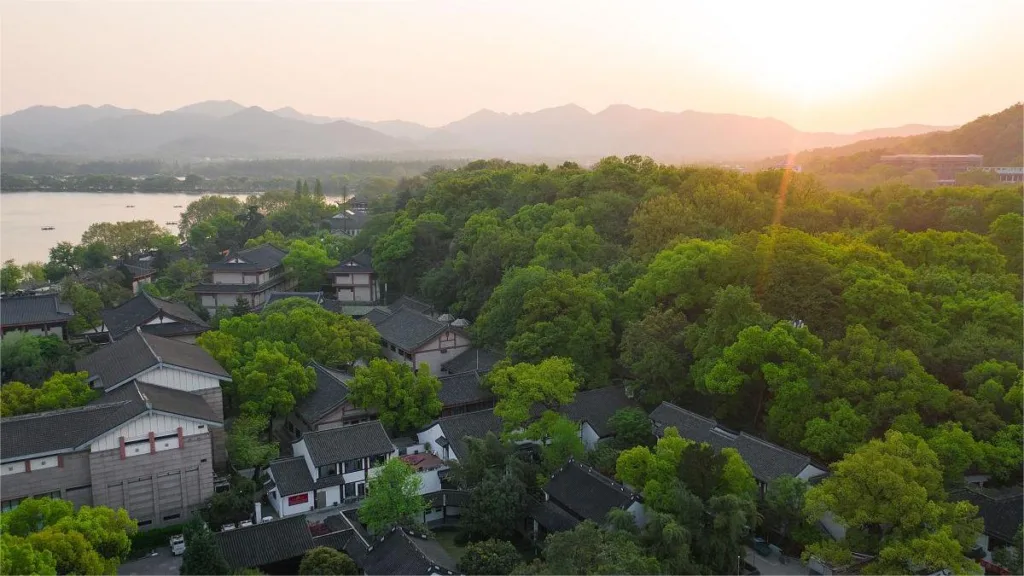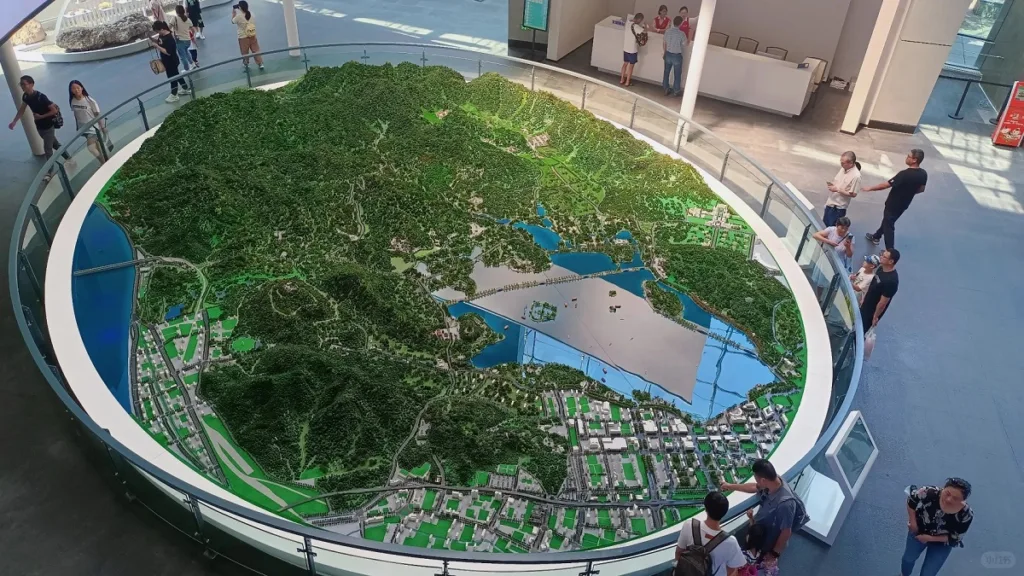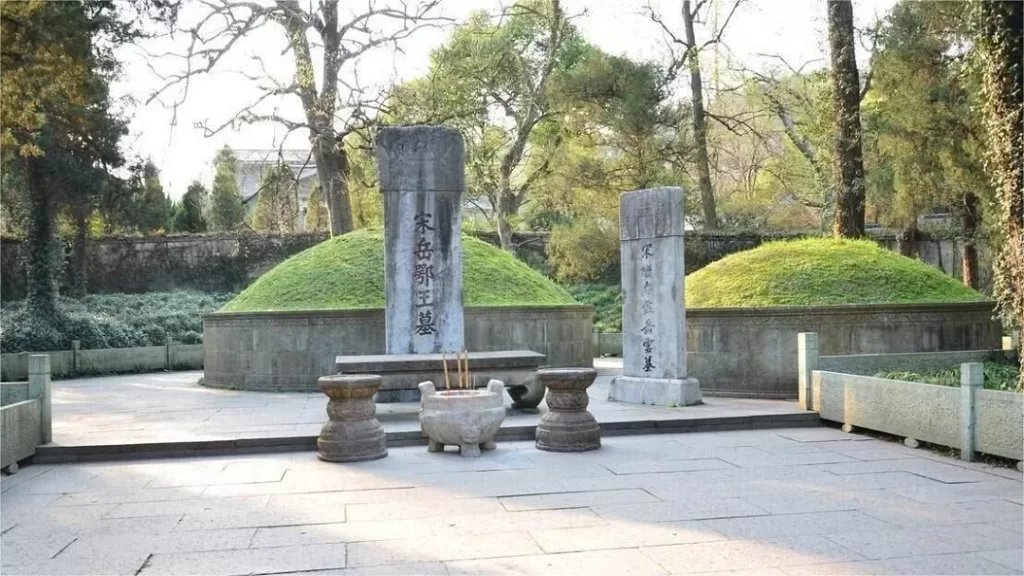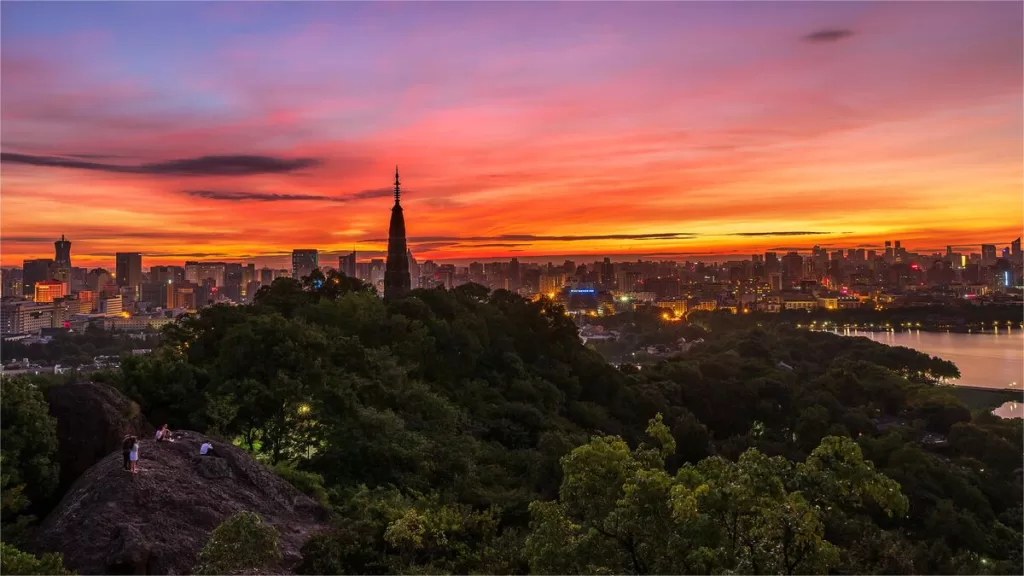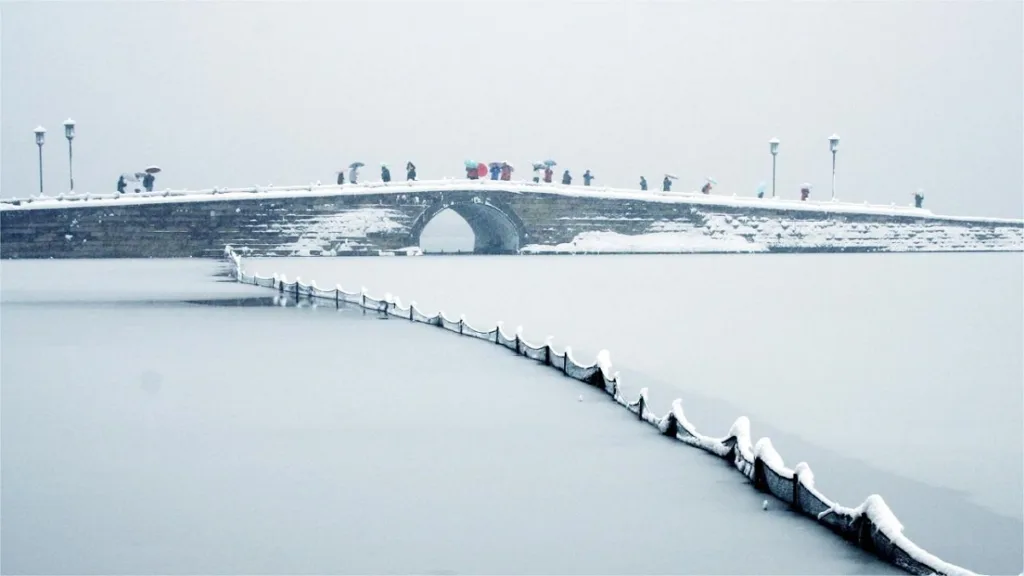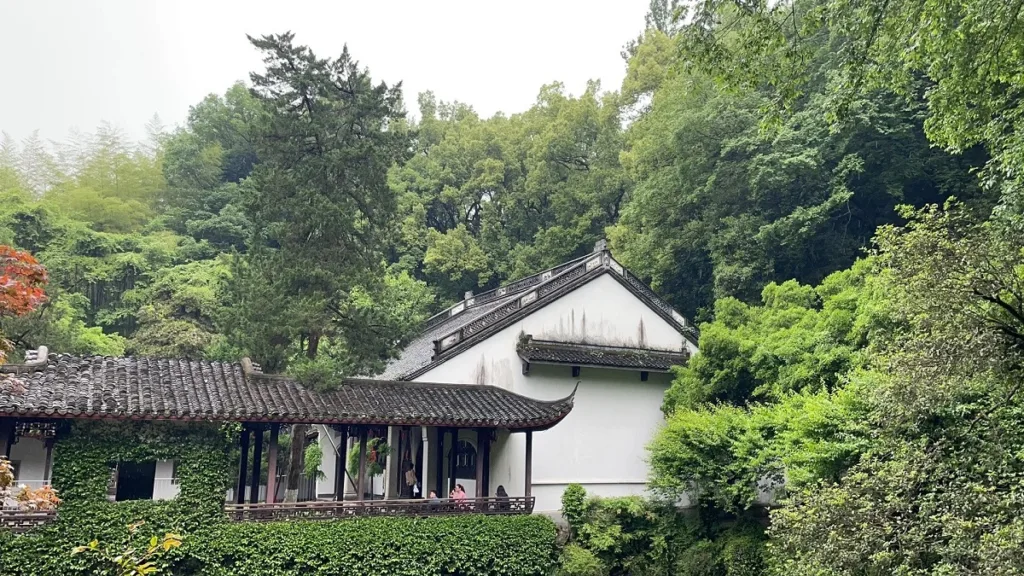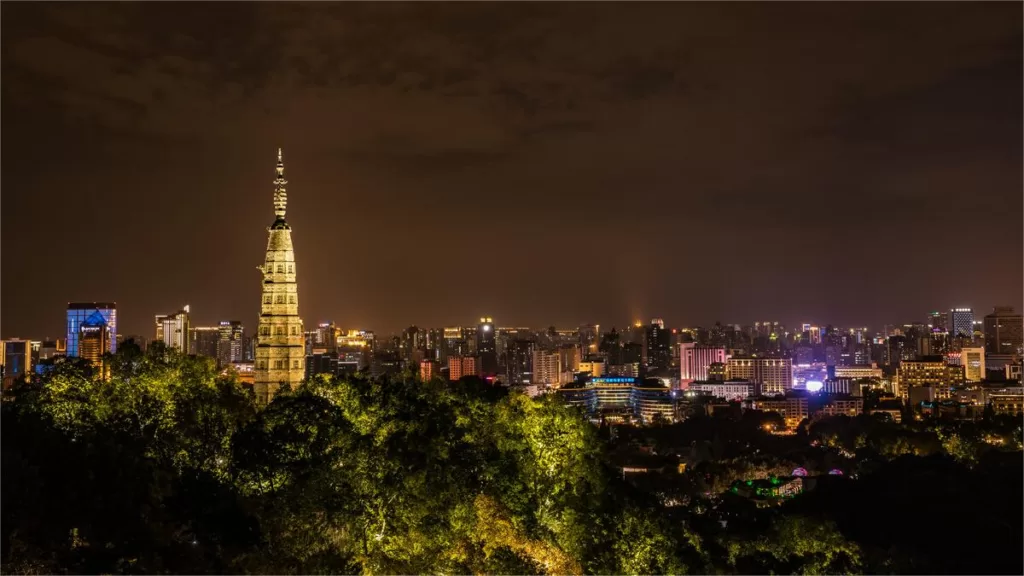Gu Shan (孤山), known as Solitary Hill in English, is located on the northern side of West Lake in Hangzhou. It stands as the largest island within West Lake, covering an area of 20 hectares with a peak elevation of 38 meters. Renowned for its rich cultural heritage, Solitary Hill is a focal point for historical landmarks, sculptures, museums, and memorials, making it the most concentrated area of cultural significance around West Lake. Visitors to the island not only immerse themselves in profound cultural traditions but also enjoy the breathtaking views, making it a popular spot for wedding photography with numerous couples capturing their special moments there regularly.
The renowned Northern Song Dynasty poet, Lin Bu (also known as Lin Hejing), once chose Solitary Hill as a retreat, particularly in the hidden pavilion named “放鹤亭” (Fanghe Pavilion). Lin Bu spent his life with a plum tree as his wife and a crane as his son, creating a unique and poetic atmosphere. Even today, during the transition from winter to spring, a small area of blooming plum blossoms can be witnessed on the island.
Table of Contents
- Basic Information
- Location and Transportation
- Highlights of Solitary hill
- Vlog about Solitary Hill
- Attractions near Solitary Hill
Basic Information
| Estimated Length of Tour | 2 hours |
| Ticket Price | Free |
| Opening Hours | 24 hours a day |
| Telephone Number | 0086-0571-87179619; 0086-0571-87977767 |
Location and Transportation
Solitary Hill, situated in the north of West Lake in Hangzhou, Zhejiang Province, is the largest island within the lake, nestled between the inner and outer parts of the water body. Its exact address is No. 27, Gushan Road, Xihu District.
To get there, you can take bus WE1314 or West Lake Outer Ring Line and get off at Xiling Bridge Stop (西泠桥站).
Highlights of Solitary hill
Zhongshan Park

Located in the central part of Solitary Hill, Zhongshan Park was partially transformed from the Qing Imperial Palace’s royal garden. At the park’s entrance, a pair of Han white marble lions, relics from the Ming Dynasty, stand guard – a male lion on the left and a female lion on the right. The park’s elevated areas showcase notable structures such as Wanju Pavilion, Sizhao Pavilion, and Tuanjie Pavilion. Additionally, a man-made rockery, crafted from lake stones, resembles floating clouds when viewed from afar, earning it the name “Green Cloud Path”. A poetic inscription on a stone monument describes the picturesque scenery of Solitary Hill, praising it as a masterpiece among domestic gardens.
Qing Imperial Palace

The Qing Imperial Palace, historically significant as the residence for emperors during their visits to West Lake, was established in the 44th year of the Kangxi reign (1705 AD). This architectural and garden complex, now in ruins, bears witness to the vital historical event of the 18th-century revival of West Lake’s landscapes due to imperial favor. Situated in the central-southern foothills of Solitary Hill, the palace faces south toward West Lake. The compound is divided into a southern section with buildings and a northern section, an auxiliary garden strategically integrated with the terrain of Solitary Hill.
Bai and Su Memorial Hall

In the annals of Hangzhou’s water management history, the contributions of two literary giants, Bai Juyi and Su Dongpo, stand out, particularly in the dredging and improvement of West Lake. To honor their achievements, the Bai and Su Memorial Hall, known as “Bai Su Er Gong Ci,” was erected in the third year of Jiaqing (1798). Proposed by Grand Secretary Ruan Gong, the memorial hall is situated at the southern foothills of Solitary Hill, covering an area of 2,100 square meters with a building space of 700 square meters.
Fanghe Pavilion

Nestled in the northeast foothills of Solitary Hill, Fanghe Pavilion was originally constructed by Chen Zian, a county official during the Yuan Dynasty, to commemorate the Northern Song poet Lin Hejing. Lin Hejing, who resided on Solitary Hill, lived a reclusive life, never marrying or pursuing an official career. Apart from his literary and artistic pursuits, he had a penchant for cultivating plum trees and raising cranes. After his death, he was buried on the northern foothills of Solitary Hill, and the legend holds that his pet crane, mourning at his grave, died as well and was buried alongside him in a place called “Crane Mound.”
West Lake Seal Society

Established as one of the earliest and most renowned nationwide associations dedicated to seal studies, the West Lake Seal Society, or Xiling Seal Art Society, holds the principles of “preserving ancient inscriptions, studying seal art, and also encompassing calligraphy and painting.” It stands as the oldest and most influential academic organization for researching stone inscriptions and seal engraving, both domestically and internationally. Revered for its achievements in seal carving, calligraphy, and painting, the society is often referred to as the “Center of Seal Studies” and the “Top Society under the Heavens.”


